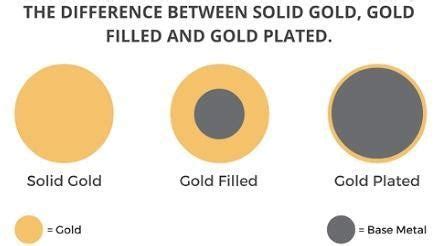
RF & Microwave Blog
-
 Read more: How to Distinguish Between Immersion Gold And Gold Plating
Read more: How to Distinguish Between Immersion Gold And Gold PlatingUnderstanding the Differences Between Immersion Gold and Gold Plating When it comes to applying a gold finish to electronic components, printed circuit boards (PCBs), and other surfaces, there are two common methods used: immersion gold and gold electroplating. While both techniques result in a layer of gold on the surface, […]
-
Tenting vias plugged vias and via in pad
Posted by
–
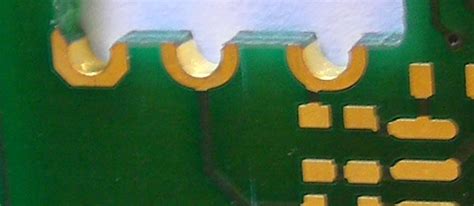 Read more: Tenting vias plugged vias and via in pad
Read more: Tenting vias plugged vias and via in padIntroduction to Vias in PCB Design In the world of printed circuit board (PCB) design, vias play a crucial role in connecting different layers of a multilayer PCB. Vias are essentially small holes drilled through the PCB that are plated with a conductive material, allowing electrical signals to pass from […]
-
An Introduction to Multilayer PCBs
Posted by
–
 Read more: An Introduction to Multilayer PCBs
Read more: An Introduction to Multilayer PCBsWhat are Multilayer PCBs? Multilayer PCBs, also known as multilayer printed circuit boards, are advanced circuit boards that consist of multiple layers of conductive copper sheets laminated together with insulating material. Unlike single-layer or double-layer PCBs, multilayer PCBs have three or more conductive layers, allowing for more complex circuit designs […]
-
What Is Single Layer PCB
Posted by
–
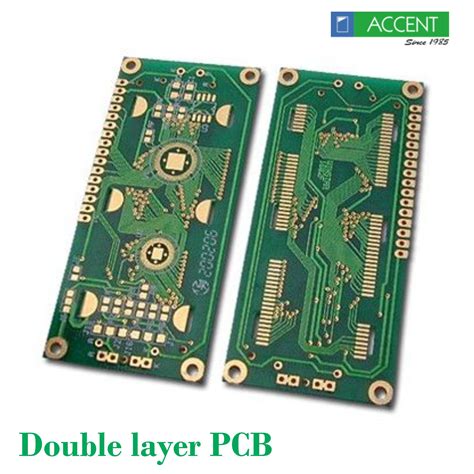 Read more: What Is Single Layer PCB
Read more: What Is Single Layer PCBIntroduction to Single-Layer PCB A single-layer PCB, also known as a single-sided PCB, is a printed circuit board that has conductive copper traces on only one side of the board. This type of PCB is the simplest and most cost-effective option for electronic circuits with low complexity and density. Single-layer […]
-
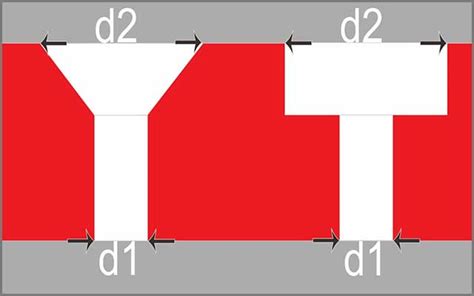 Read more: What is the difference between a countersink and a counterbore in a PCB
Read more: What is the difference between a countersink and a counterbore in a PCBUnderstanding Countersink and Counterbore in PCB Design When designing and manufacturing printed circuit boards (PCBs), it is essential to understand the various techniques used to create holes and cavities for component placement and fastening. Two common methods used in PCB design are countersinking and counterboring. Although these terms may sound […]
-
What Do Modern Motherboards Include
Posted by
–
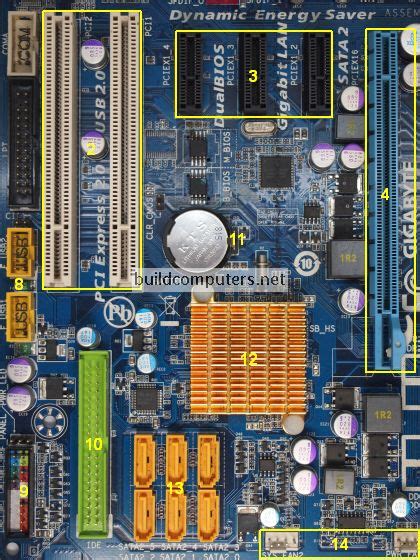 Read more: What Do Modern Motherboards Include
Read more: What Do Modern Motherboards IncludeMotherboard Form Factors Motherboards come in various sizes and layouts, known as form factors, to accommodate different computer case sizes and component configurations. The most common motherboard form factors include: Form Factor Dimensions (mm) Key Features ATX 305 x 244 Most common, supports full-size components Micro-ATX 244 x 244 Smaller […]
-
How to Remove Solder from a Circuit Board Hole
Posted by
–
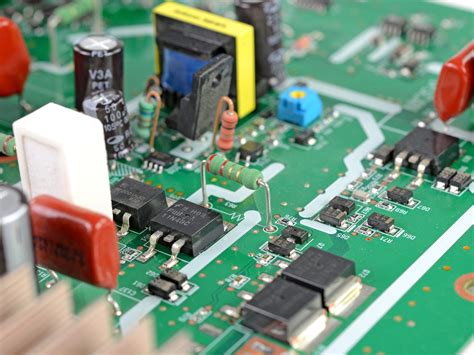 Read more: How to Remove Solder from a Circuit Board Hole
Read more: How to Remove Solder from a Circuit Board HoleUnderstanding the Importance of Desoldering Before diving into the techniques and tools for desoldering, it’s crucial to understand why this process is necessary. Here are some reasons why you might need to desolder a hole: Component replacement: If a component on your circuit board is damaged or malfunctioning, you’ll need […]
-
OSP PCB Finish Problems
Posted by
–
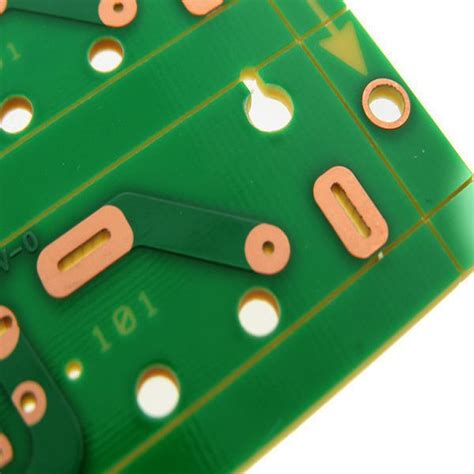 Read more: OSP PCB Finish Problems
Read more: OSP PCB Finish ProblemsUnderstanding OSP PCB Finish and Its Common Issues Organic Solderability Preservative (OSP) is a popular surface finish for printed circuit boards (PCBs) due to its cost-effectiveness and environmental friendliness. However, OSP PCB finish can sometimes encounter various issues that affect the solderability and reliability of the PCBs. In this article, […]
-
What is PCB Substrate Material
Posted by
–
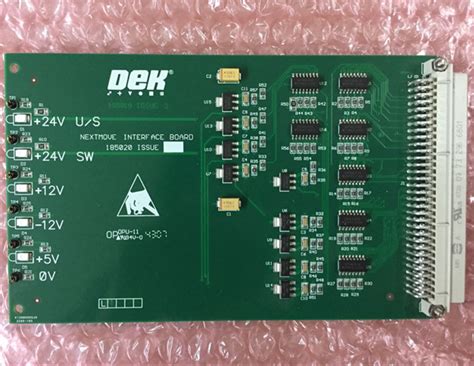 Read more: What is PCB Substrate Material
Read more: What is PCB Substrate MaterialIntroduction to PCB Substrate Printed Circuit Boards (PCBs) are the backbone of modern electronics. They provide a platform for electronic components to be mounted and interconnected, forming a functional circuit. One of the most critical aspects of a PCB is its substrate material. The substrate is the foundation upon which […]
-
What Is Silkscreen On a PCB
Posted by
–
 Read more: What Is Silkscreen On a PCB
Read more: What Is Silkscreen On a PCBIntroduction to Silkscreen PCB Printed Circuit Boards (PCBs) are essential components in modern electronics. They provide a platform for mounting and connecting various electronic components to create functional circuits. One crucial aspect of PCB design and manufacturing is the silkscreen layer. In this article, we will delve into the concept […]
Recent Posts
- How to Select Material for Your PCBs from Cost and Reliability Considerations
- Problems of EMC Technology Application in PCB Design of Electronic Devices and the Strategies
- Fabrication Technology on Flex-Rigid PCB Window
- Problems of High-Frequency and High-Speed Multilayer PCB Fabrication and Their Solutions
- Key Difficulties and Tips for Backplane PCB Fabrication